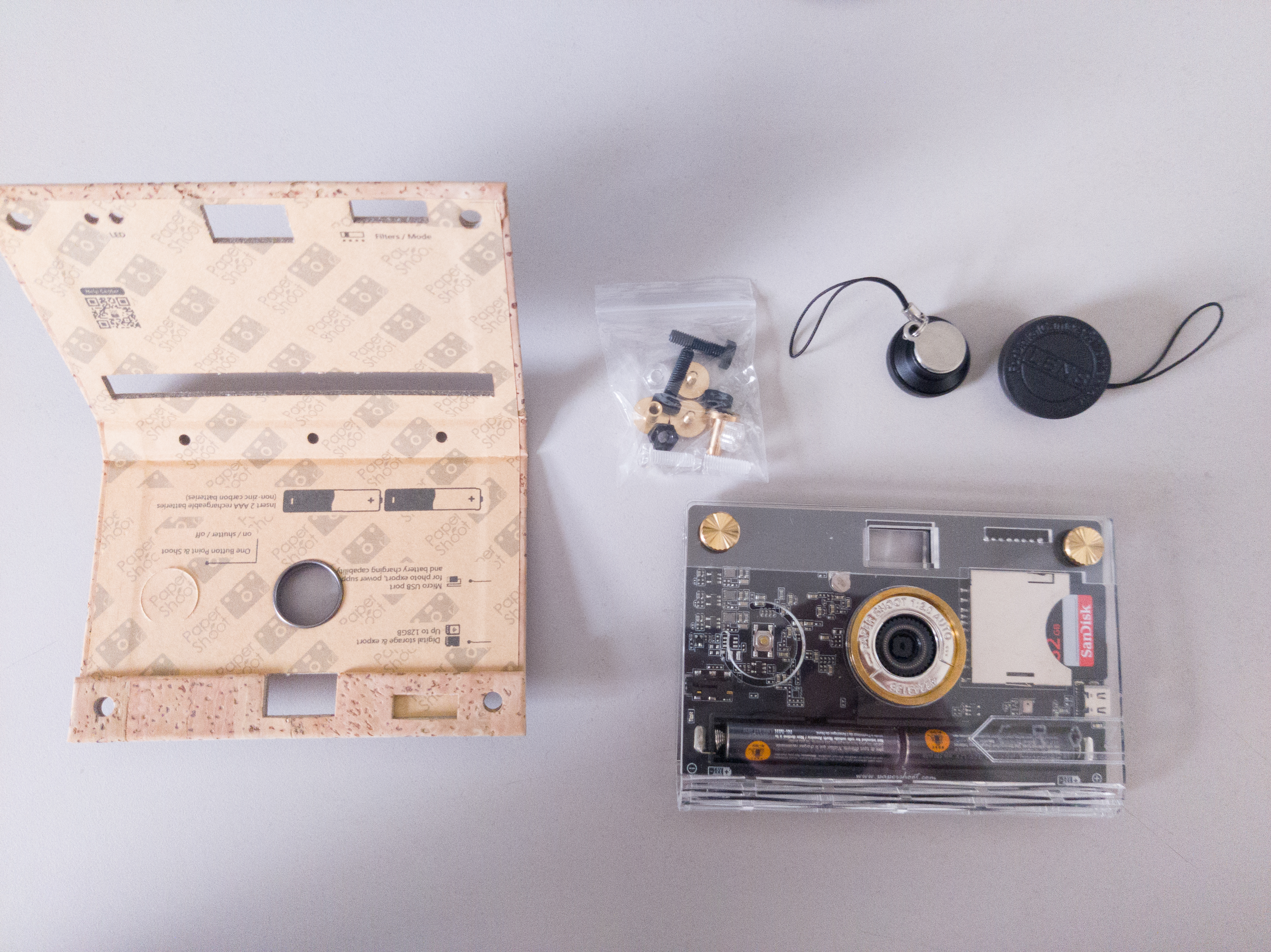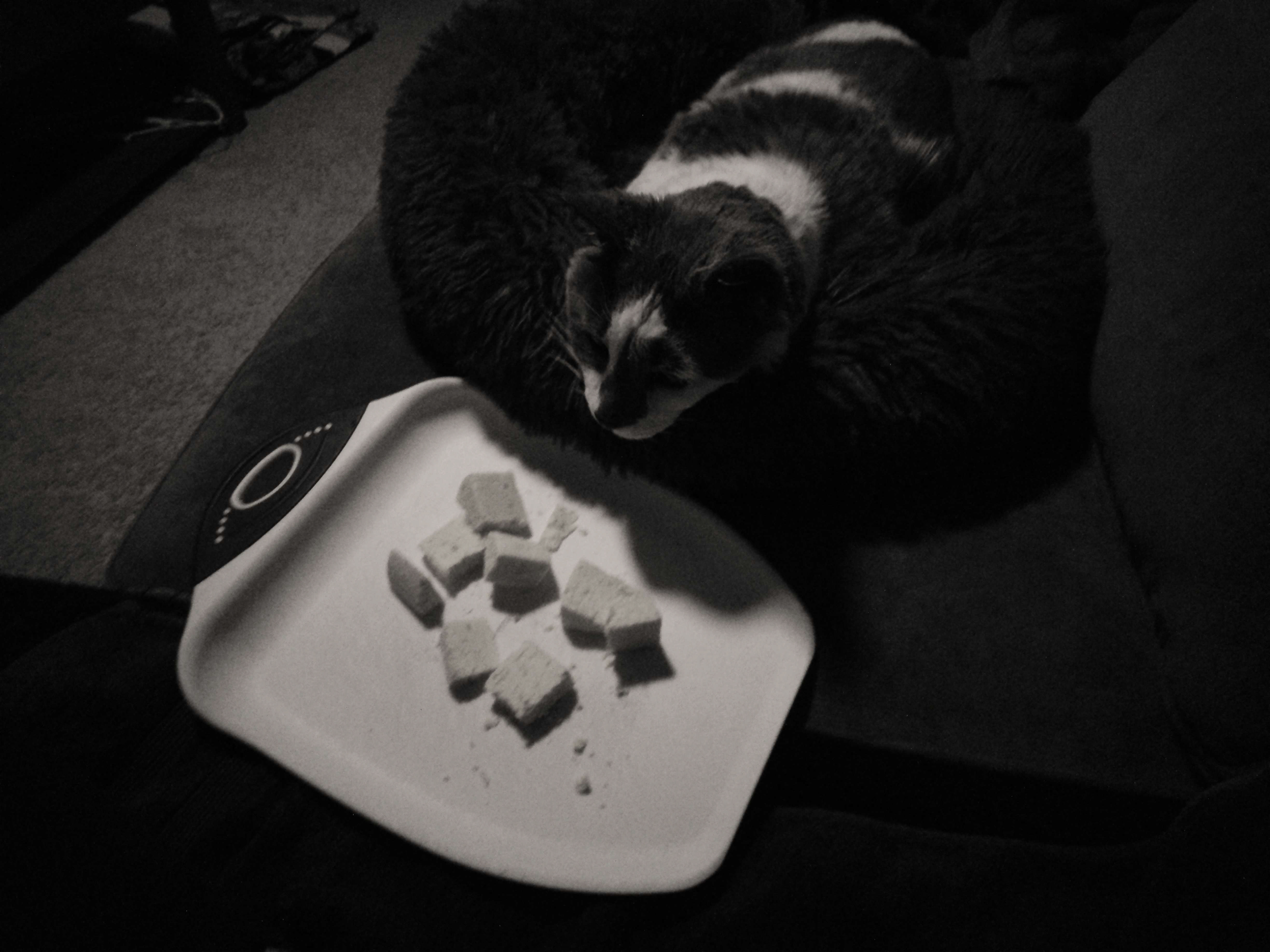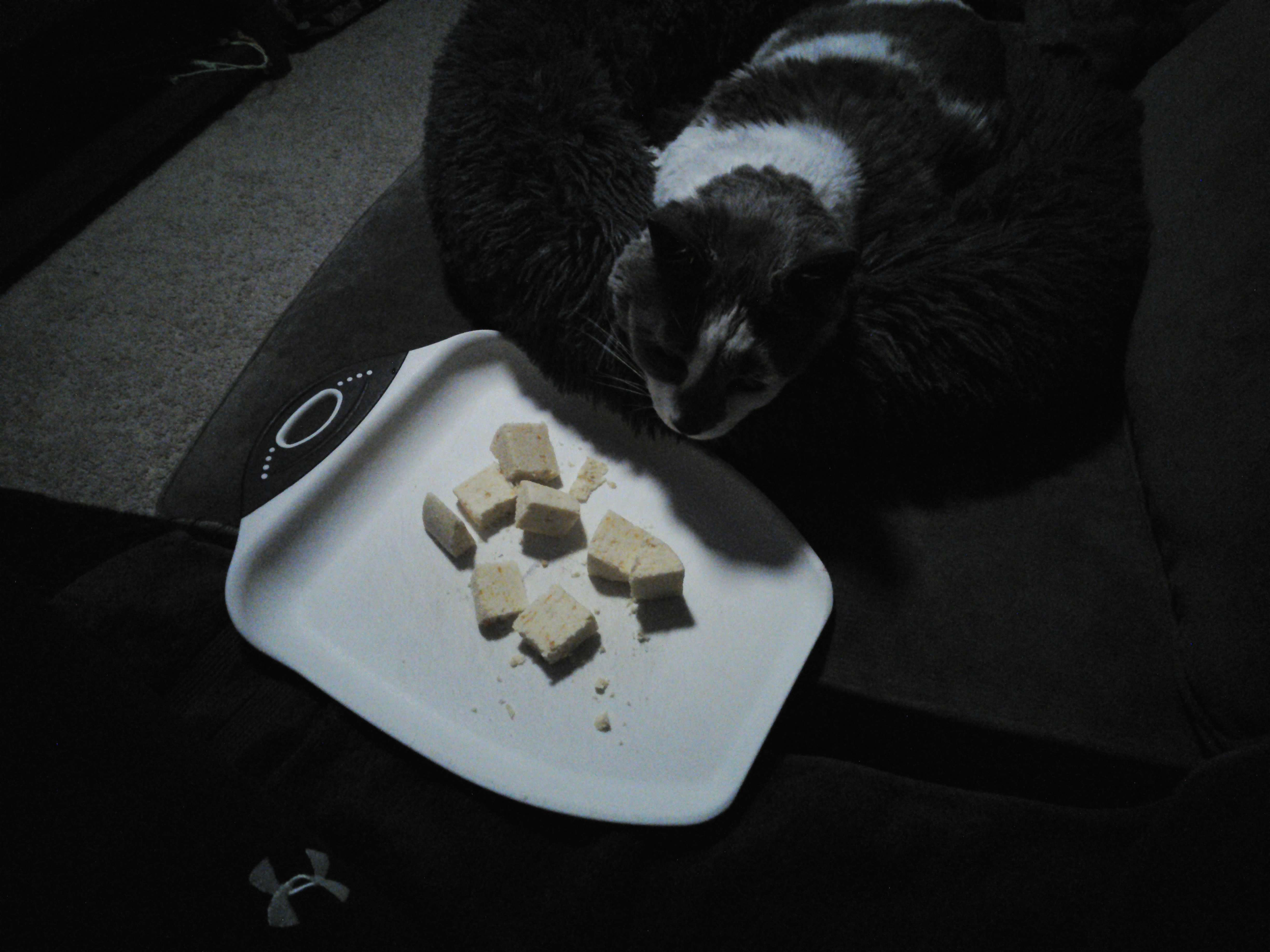A Short Review
I managed to get my hands on a Paper Shot Camera (links below) for the holidays and I’m impressed. Enough I felt compelled to put this post together.
Before getting too deep it should be stated that I am not a professional photographer but I do maintain a portfolio at https://kemonine.photography with pictures for sale as well as for free download. The TLDR version is: I can take pro photos but I don’t want photography as a career. I use the same general kit as the professionals while remaining a hobbyist.
Given that back drop…
The Paper Shoot is an interesting camera. The website makes it clear they set out to create a digital 35mm disposable camera. Basically they set out, and succeeded, at creating a digital camera that feels exactly like you’re using a 35mm disposable camera. They succeeded. I cannot stress that enough.
I have some Pentax 35mm film kit as well as a Lomography instant camera that shoots Fuji Instax film. The Paper Shoot matches these cameras near perfectly for me. I did not expect to have that reaction but here we are.
The key bits of detail on the Paper Shoot are
- it can be had in a 16mpx or 18mpx resolution (I have the 18mpx)
- it shoots jpeg only
- it uses 2 AA batteries and can re-charge NiMH or NiCd batteries (I used enloop brand NiMH)
- it can record short videos (when plugged into USB power)
- it can take time lapse video (when plugged into USB power)
- there are function cards to change the mode switch features
- it has interchangeable cases
- it has a fixed focal length lens
- there are lens ‘accessories’ to change the focal length (wide angle/macro/etc)
- the cases are roughly the size of a note or index card in the USA
- battery life is reasonable, charge daily if using heavily
- the docs are inconsistent on sd card specs
- I’m using a 32gb Sandisk sd card
- There are indications up to 128Gb cards will work but I’ve not tried
- exFAT and FAT32 are valid file systems to use on the sd card
- ez share sd cards look compelling but are untested to my knowledge
It’s clearly a very limited camera but it has enough resolution to print an A4 picture and film can only be adjusted so much. jpeg is similarly limited. Processing images pulled from the camera feels a lot like what I’ve seen with film: you can push/pull to a point but what you got is what you got really. Combine that with the fact the cases are simple clamshells that wrap around the main camera electronics and you have a digicam that feels a hell of a lot like a 35mm disposable.
There are a variety of cases and I recommend browsing them. Be careful with the hold too, I noticed my knuckles were in a few shots on the side with the shutter button. My fingers curl just right to end up in a shot if I’m not slightly mindful. I don’t mind but the hold is a little different than I expected. As for case durability, it will depend on the case material. However, the cases are like hot dog buns, they don’t protect the very top or edges great and water will not mix with this camera. A touch of careful would be wise.
On top of that the photos (samples below) look like Fuji color film or Fuji instax film. It has a grungy feel to it in many cases for me. If you flip it to black and white the pictures feel like Ilford film or Fuji Instax black and whites to me. The actual output of the camera feels like the films available. On top of that the jpegs are solid quality overall. You can work with the jpegs this camera produces. I’ve got mine set to black and white mode and plan to keep it there. I normally shoot black and white film and this camera does exactly what I want on that count.
When I received my Paper Shoot it came with the wide angle and macro lens adapter things. Initially I couldn’t quite tell how they worked as there is no threading. Turns out they are magnetic. They pop right onto the face of the case and can be aligned by sliding them around a little. They work the same as the clip on phone camera lenses do. They also work a bit better than the phone clip on lenses too. If you find yourself using this camera a lot, I’d recommend looking into the lenses a bit.
The camera has function cards available to tweak how the camera operates. I’d recommend looking at all of them, they can really change how the camera behaves. I snagged the video one and it does exactly what the specs said it would. It enables video and time lapse recording on battery in place of two of the filters I’ll never use. It turns the Paper Shoot into a really spiffy, basic, standard kind of point and shoot. The video and time lapse functions will go through power very quickly but if you’re in a pinch the feature is nice to have handy.
Due to the simpler nature and the general ’this is black and white film’ feel to this camera it’s earned a spot in my camera bags and my pocket when I leave the house. It’s proven to be great for capturing daily life’s candid moments. So much so I started a 365 day project taking a photo of Houdini (the house cat) using this cam. I also expect to use it heavily to capture candid and behind the scenes moments when out doing larger photography projects or sets.
It’s not a universal camera for folk but it’s 100% worth a look and consideration.
Links
- https://papershootcamera.com/
- https://papershootcamera.com/collections/camera-bundles/products/croz-vanguard-camera-set
- https://papershootcamera.com/collections/accessories/products/16mp-function-card-recording




